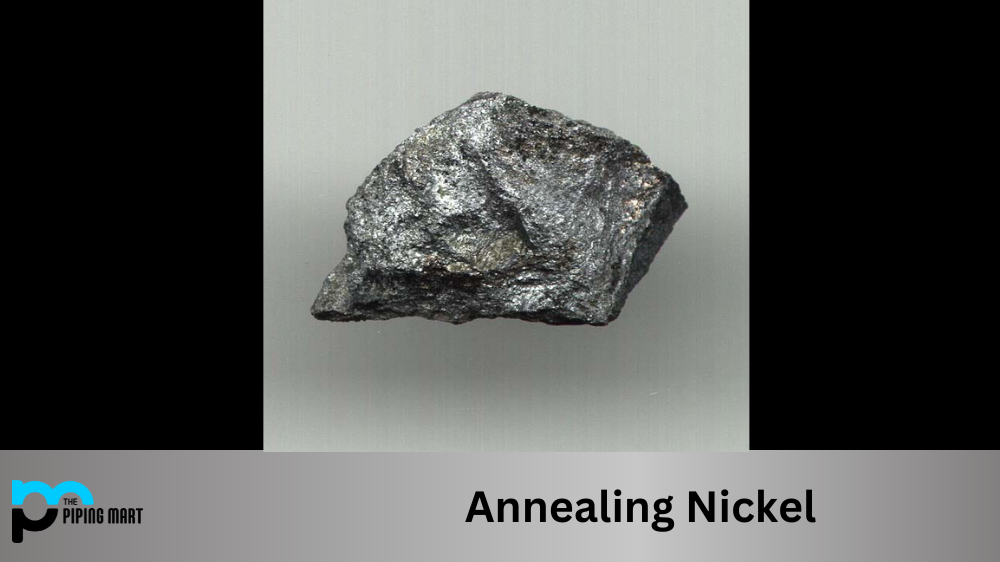Machining is an integral part of any aviation project. From simple components to complex parts, machining is essential for creating the necessary parts and pieces that go into aircraft. But what exactly are advanced machining techniques, and how do they contribute to the aviation sector? Let’s explore.
Types of Advanced Machining Techniques
Advanced machining techniques involve cutting or shaping metal components with precision and accuracy. Some of the most common advanced machining techniques used in the aviation sector include CNC (Computer Numerical Control) machining, EDM (Electrical Discharge Machining), laser cutting, and water jet cutting. Each process has its own unique advantages and disadvantages when it comes to manufacturing aircraft parts.
CNC Machining
CNC (Computer Numerical Control) machining is one of the most widely used advanced machining techniques in the aerospace industry today. It involves using a computer-controlled machine tool to cut, shape, and finish various materials with precision and accuracy. CNC machines can be programmed to create intricate shapes, such as curved surfaces or complex three-dimensional features on components as small as 0.001 inches in size. The advantage of CNC machines is that they can be programmed to precisely replicate a design multiple times with very little manual labor required.
EDM Machining
EDM (Electrical Discharge Machining) is another advanced machining technique used in the aerospace industry for creating highly precise components from hardened metals such as steel, titanium, aluminum, brass, copper, etc. It involves using an electrode to erode excess material from a work piece through electrical sparks generated between two electrodes immersed in a dielectric fluid. This process allows for exact control over material removal rates allowing for more efficient production time than traditional milling, or turning operations alone could provide. Furthermore, EDM does not require mechanical pressure on the work piece, making it ideal for machined parts requiring high levels of precision without damaging delicate internal components such as wires or fragile, thin walls which would otherwise be damaged by traditional methods of manufacturing such as drilling or milling operations.
Conclusion:
Advanced machining techniques have become increasingly important in the aviation sector due to their ability to quickly and efficiently produce precise and accurate parts while minimizing manual labor requirements. With advancements in technology continuing at a rapid pace, these techniques will only become more important as engineers strive to find faster and more efficient ways of producing aircraft parts and components that meet stringent safety standards set out by regulatory bodies worldwide. By utilizing state-of-the-art technology such as CNC machines and EDM tools, engineers can manufacture complex components with exacting precision ensuring safe air travel for everyone worldwide!

Meet Bhavesh, a seasoned blogger with a wealth of knowledge and experience. From metal products manufacturing to retail, Bhavesh has a diverse background in various industries and is dedicated to sharing his insights and expertise with readers.




